Structural basis of the early exocytosis : a spatio-temporal model of the vesicle tethering machinery
llistat de metadades
Autor/a
Fecha de defensa
2025-03-24
Páginas
226 p.
Departamento/Instituto
Universitat Pompeu Fabra. Departament de Medicina i Ciències de la Vida
Programa de doctorado
Programa de Doctorat en Biomedicina
Resumen
El proyecto tiene como objetivo general descifrar el mecanismo de la exocitosis utilizando biología estructural integrativa, lo cual ayudará a entender cómo las células controlan su crecimiento. Para ello, planteamos generar un modelo cuantitativo de la exocitosis con IMP (Integrative Modeling Platform), un software que nos permite combinar 1) datos de la estructura de las proteínas que participan en el proceso de la exocitosis, 2) datos temporales y 3) datos espaciales, para reconstruir un modelo 3D de la distribución espacial y temporal de las proteínas. Este modelo nos ayudará a entender cómo se coordina la maquinaria celular durante el proceso de la exocitosis, así como a diseñar nuevos experimentos que validen nuestras hipótesis.
The project’s overarching goal is to decipher the mechanism of exocytosis using integrative structural biology, which will help to understand how cells control their growth. To achieve this, we aim to develop a quantitative model of exocytosis using IMP (Integrative Modeling Platform), a software that allows us to combine: 1) structural data of the proteins involved in the exocytosis process, 2) temporal data, and 3) spatial data, to reconstruct a 3D model of the spatial and temporal distribution of these proteins. This model will help us understand how the cellular machinery is coordinated during the exocytosis process and design new experiments to validate our hypotheses.
Palabras clave
Modelaje integrativo; IMP; PICT; PyF2F; Exocitosis; Exocyst; Mso1; Anclaje vesicular; Microscopía de fluorescencia; Integrative modeling; Exocytosis; Vesicle tethering; Fluorescence microscopy
Materias
576 - Biología celular y subcelular. Citología



